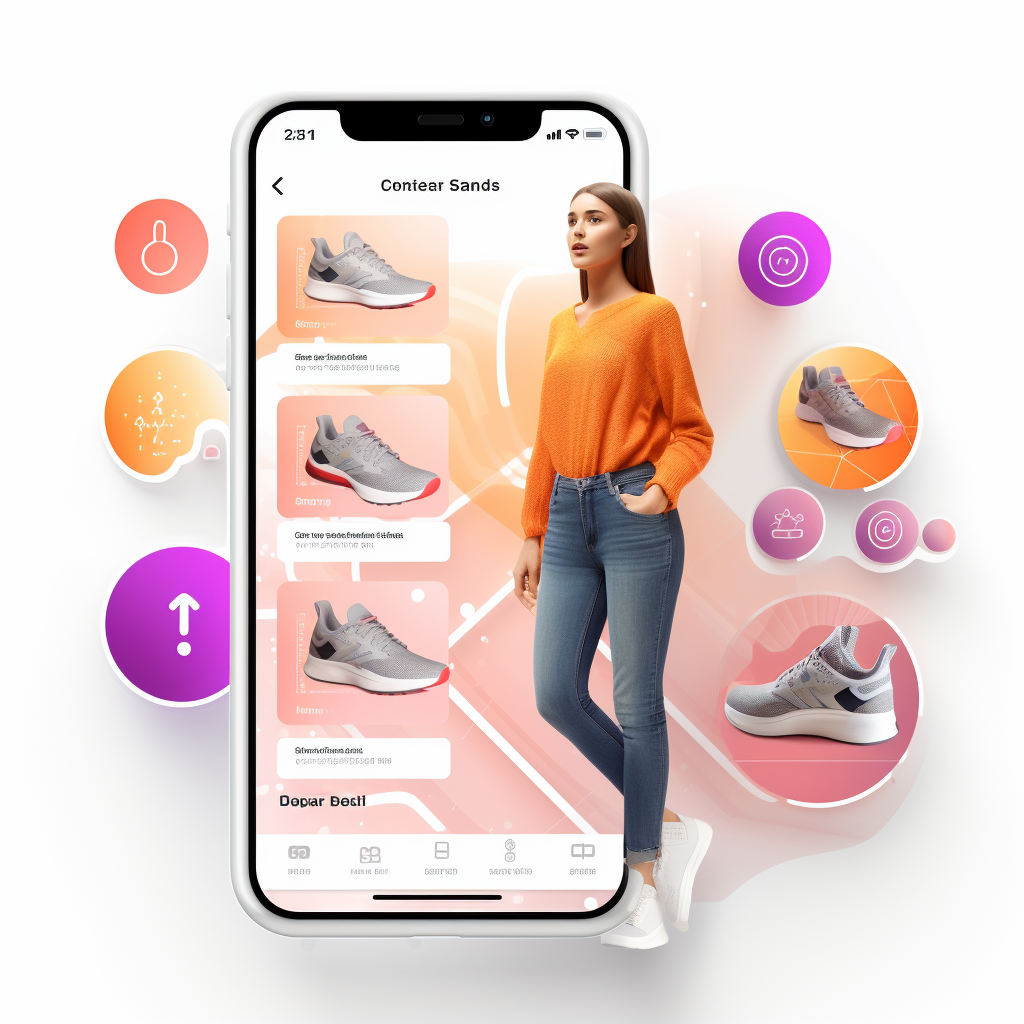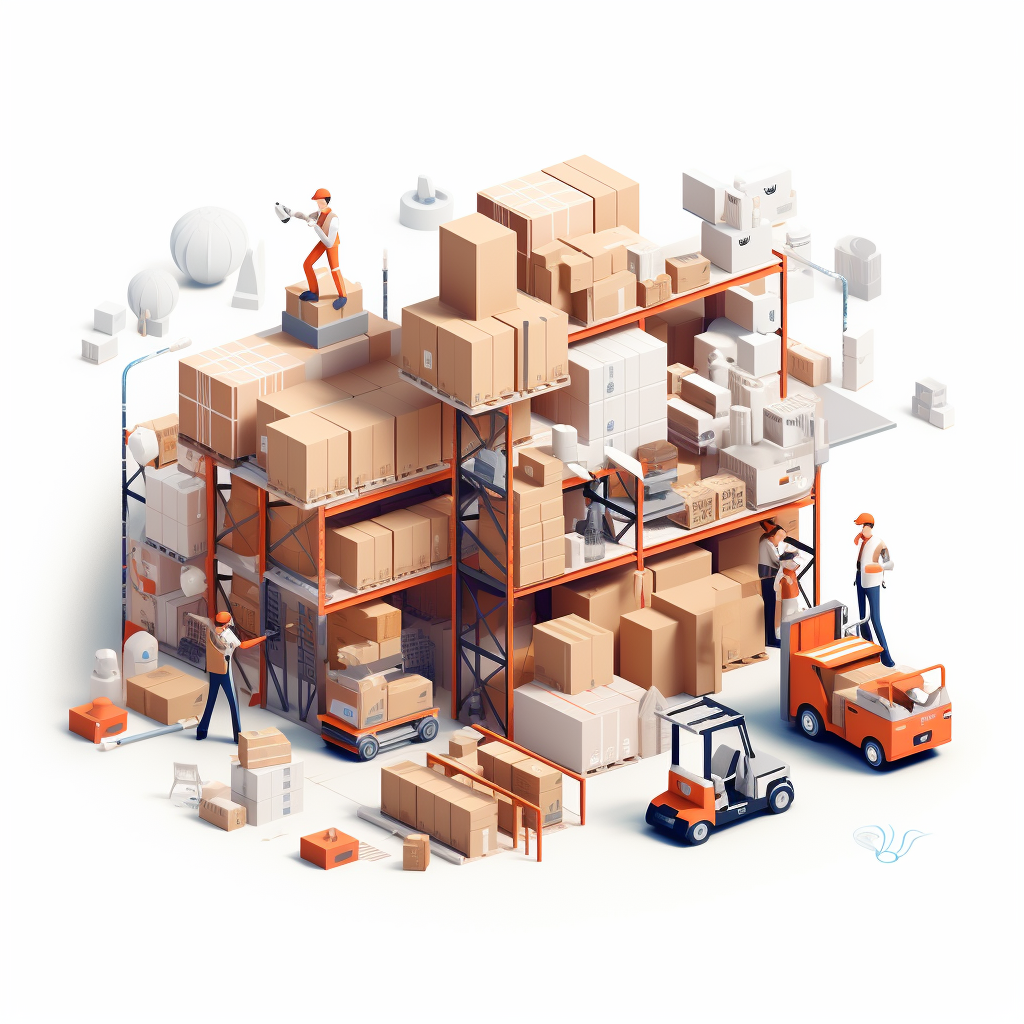Step-by-Step Guide: Enhance Conversions and Sales with our AI-Powered Personalized Descriptions
Online stores are increasingly focusing on personalization as a pivotal strategy for outshining competitors and driving conversions. One groundbreaking approach involves leveraging AI technology to generate personalized product descriptions. This article will guide you through integrating our AI-powered personalized descriptions service into your online store, explaining how it can significantly improve both conversions and sales.
Step 1: Understanding AI-Powered Personalization
Before integrating any new technology, it's crucial to understand its capabilities. Our AI service not only crafts compelling product descriptions but also identifies specific buyer personas based on the text content you feed into it. By understanding who your potential buyers are, the AI tailors product descriptions to resonate with each persona, thereby increasing the likelihood of conversion.
Step 2: Integration of the AI Service
The first actionable step is to integrate our AI-powered description service into your online store. This is done through use of our API service.
Step 3: Persona Identification
Once integrated, the AI will will identify 10 relevant buyer personas that are most likely to be interested in your given product. These personas could range from 'eco-conscious millennials' to 'budget-focused parents.'
Step 4: Crafting Individualized Descriptions
By sending your current product description to our API for each product, it will return 10 personalized descriptions for each of the 10 user personas that might be interested in each product.
To implement the personalized descriptions for visitors, you need to:
- assign 10 user personas for each of your products
- for each product have 10 personalized descriptions, with one tailored made description for each of 10 user personas that are most relevant for product.
With these implemented, when the user visits your website, and checks out / buys products, you dynamically update the user's profile in terms of her/his distribution across user personas. You can see how this works by using this demo here, which was made to illustrate the approach.
When this user then visits the webpage with product, the code on the website checks which of relevant user personas on the product page has the highest weight in the user's profile, in this case this would be Eco-conscious. And it then presents the product description which was adapted to appeal to Eco-conscious consumers, thereby personalizing it for the current user.
Step 5: Store Optimization
You don't have to generate many different descriptions per product. In fact, our system is designed to be efficient and impactful. By keeping just 10 distinct descriptions for each product, tailored to 10 relevant user personas for that product, your store can offer a highly personalized shopping experience, with work required still bounded.
Step 6: Monitoring and Tweaking
The final step involves monitoring key performance indicators (KPIs) to measure the effectiveness of the personalized descriptions. Metrics like page views, engagement rates, conversion rates, and ultimately, sales figures will provide invaluable insights. Based on this data, further tweaks can be made to improve performance.
Conclusion
By integrating our AI-powered personalized descriptions service, you're not just keeping up with eCommerce trends; you're setting new standards. Tailoring product descriptions to individual buyer personas allows for a more personal, engaging, and convincing shopping experience, which is key to driving conversions and boosting sales.
By focusing on just 10 meticulously crafted descriptions per product, you can offer a personalized shopping experience without overwhelming your resources. It's a win-win situation: your customers feel understood and valued, and you see an appreciable increase in both conversions and sales.
So, what are you waiting for? Integrate our AI-powered personalized descriptions today and watch your online store transform into a conversion machine.
Step 1: Understanding AI-Powered Personalization
Before integrating any new technology, it's crucial to understand its capabilities. Our AI service not only crafts compelling product descriptions but also identifies specific buyer personas based on the text content you feed into it. By understanding who your potential buyers are, the AI tailors product descriptions to resonate with each persona, thereby increasing the likelihood of conversion.
Step 2: Integration of the AI Service
The first actionable step is to integrate our AI-powered description service into your online store. This is done through use of our API service.
Step 3: Persona Identification
Once integrated, the AI will will identify 10 relevant buyer personas that are most likely to be interested in your given product. These personas could range from 'eco-conscious millennials' to 'budget-focused parents.'
Step 4: Crafting Individualized Descriptions
By sending your current product description to our API for each product, it will return 10 personalized descriptions for each of the 10 user personas that might be interested in each product.
To implement the personalized descriptions for visitors, you need to:
- assign 10 user personas for each of your products
- for each product have 10 personalized descriptions, with one tailored made description for each of 10 user personas that are most relevant for product.
With these implemented, when the user visits your website, and checks out / buys products, you dynamically update the user's profile in terms of her/his distribution across user personas. You can see how this works by using this demo here, which was made to illustrate the approach.
When this user then visits the webpage with product, the code on the website checks which of relevant user personas on the product page has the highest weight in the user's profile, in this case this would be Eco-conscious. And it then presents the product description which was adapted to appeal to Eco-conscious consumers, thereby personalizing it for the current user.
Step 5: Store Optimization
You don't have to generate many different descriptions per product. In fact, our system is designed to be efficient and impactful. By keeping just 10 distinct descriptions for each product, tailored to 10 relevant user personas for that product, your store can offer a highly personalized shopping experience, with work required still bounded.
Step 6: Monitoring and Tweaking
The final step involves monitoring key performance indicators (KPIs) to measure the effectiveness of the personalized descriptions. Metrics like page views, engagement rates, conversion rates, and ultimately, sales figures will provide invaluable insights. Based on this data, further tweaks can be made to improve performance.
Conclusion
By integrating our AI-powered personalized descriptions service, you're not just keeping up with eCommerce trends; you're setting new standards. Tailoring product descriptions to individual buyer personas allows for a more personal, engaging, and convincing shopping experience, which is key to driving conversions and boosting sales.
By focusing on just 10 meticulously crafted descriptions per product, you can offer a personalized shopping experience without overwhelming your resources. It's a win-win situation: your customers feel understood and valued, and you see an appreciable increase in both conversions and sales.
So, what are you waiting for? Integrate our AI-powered personalized descriptions today and watch your online store transform into a conversion machine.





